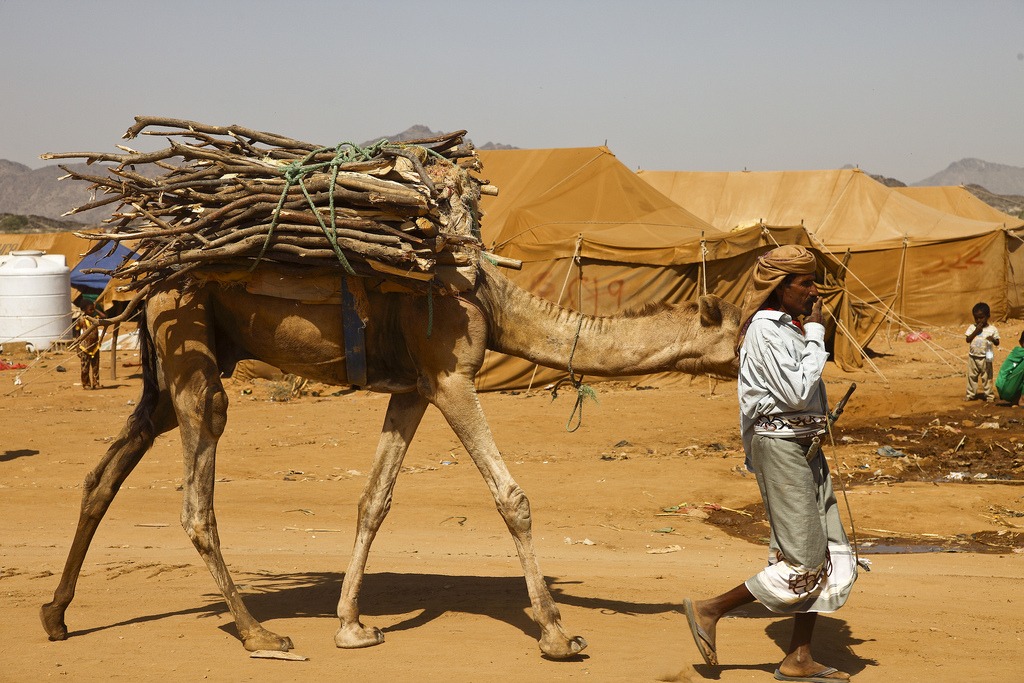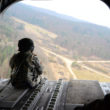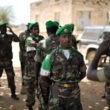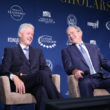Photo Credit: Hugh Macleod / IRIN
The travel warning for Yemen the U.S. State Department issued in April 2015 describes a “high security threat level . . . due to terrorist activities and civil unrest.”
Citing continuing activity by organizations like Al Qaeda in the Arabian Peninsula (AQAP), the warning specifies that the “U.S. government remains extremely concerned about possible attacks on U.S. citizens.” This is no doubt a valid concern, especially in light of the ongoing United States drone campaign in Yemen and the fact that, as The Washington Post puts it, “the U.S. keeps killing Americans in drone strikes, mostly by accident.” Non-Americans perish at a much higher rate.
If we want to talk about “terrorist activities,” it’s hardly a stretch to point out that the United States is directly and indirectly responsible for terrorizing broad swathes of the Yemeni population. Since the inauguration of its covert action program in Yemen in 2002, the United States has killed up to 1,580 people and wounded hundreds more, according to the London-based Bureau of Investigative Journalism. The casualties are often collateral damage, not intended targets. Death and injury randomly visited upon unsuspecting victims naturally boosts the sense of terror among Yemenis who, by mere circumstance of their geographic location, are eligible for just such a fate.
Other casualty statistics cast doubt on U.S. claims that it is effectively combating terror. According to a report on Yemen (document link) by the United Nations High Commissioner for Human Rights, “as many as 40 civilians” were killed by drones from July 1, 2014 to June 30, 2015. The civilian casualties of AQAP-claimed attacks were reported to be “at least 24,” all of them occurring after the March commencement of the Saudi Arabia-led coalition’s aerial bombardment of the country—a lethal intervention into Yemen’s civil war by a coalition that also includes Jordan, Egypt, Morocco, Sudan, and the Arab states on the Persian Gulf.
The United States, too, is contributing to the coalition’s military rampage against Yemen’s Houthi rebels, cast as diabolical foot soldiers of Iran. In August, the Los Angeles Times noted that the Obama administration was “providing intelligence, munitions and midair refueling to coalition aircraft,” while U.S. warships were “help[ing] enforce” a Saudi maritime blockade that is pushing this already food-insecure nation into famine.
Since March, nearly 6,000 people have been killed in hostilities, with the bulk of the civilian casualty count attributed to Saudi-led bombings. The Saudi-led campaign has turned to the American playbook, with tragic consequences. Consider, for example, the September 29 USA Today headline, “Medics: 131 killed in airstrikes on Yemen wedding party.” While the coalition was to blame in this case, wedding-party strikes have been a post-9/11 hallmark of the U.S. military, whose drones have hit matrimonial gatherings in Afghanistan and in Yemen.
Saudi Arabia denied involvement in the party-crashing episode—a flimsy defense given the total absence of other suspects. A little more than a week after the 131 were killed, the scene was repeated on a smaller scale, meriting the New York Times report: “Yemen Airstrike Said to Kill 23 at a Wedding.”
According to witnesses interviewed by the Times, three brothers had been set to marry in a joint ceremony; at least one of the brothers was dead. The paper also took the opportunity to reiterate its conservative death tally from the previous coalition wedding strike: “at least 70 people,” which somehow became “dozens” in the headline. An earlier article briefly addressed U.S. responsibility: “The Obama administration, which has supported the Saudi war effort by providing intelligence and logistical support, has avoided any direct public rebuke of the Saudis, while calling on coalition planners to investigate reports of civilian casualties.”
Compared to other bellicose projects in which the United States is intimately and openly involved, the war on Yemen has received little attention in the mainstream U.S. media. This is due to a variety of reasons, including difficulty for journalists to gain access to the country. But more important, there is the unspoken duty of the mainstream media to do the bidding of the U.S. government—while allowing enough space for (structurally unthreatening) criticism to maintain a façade of objectivity.
In the case of Yemen, the relative silence keeps the U.S. populace from giving too much thought to why we’re participating in the slaughter of wedding guests and other humans in a country where we’re supposedly not at war. And the longer Yemen can be made to suffer, the better it is for the American arms industry, a major beneficiary of Saudi oil money.
Call it a marriage of convenience, with global ramifications. Unfortunately for Yemen and other nations in the region, this marriage is likely to last.
Belén Fernández is the author of The Imperial Messenger: Thomas Friedman at Work (Verso). She is a contributing editor at Jacobin magazine.







0 Comments